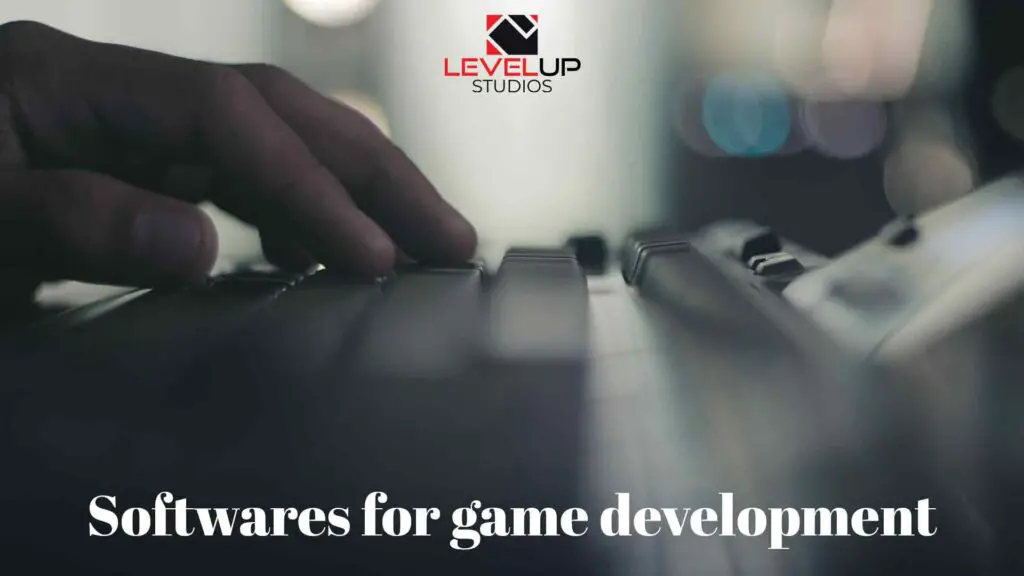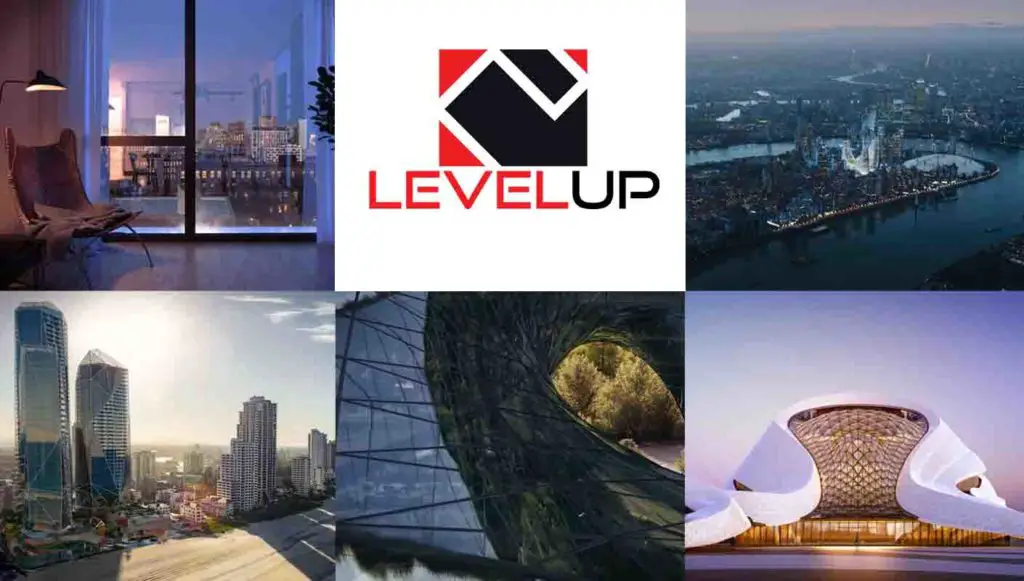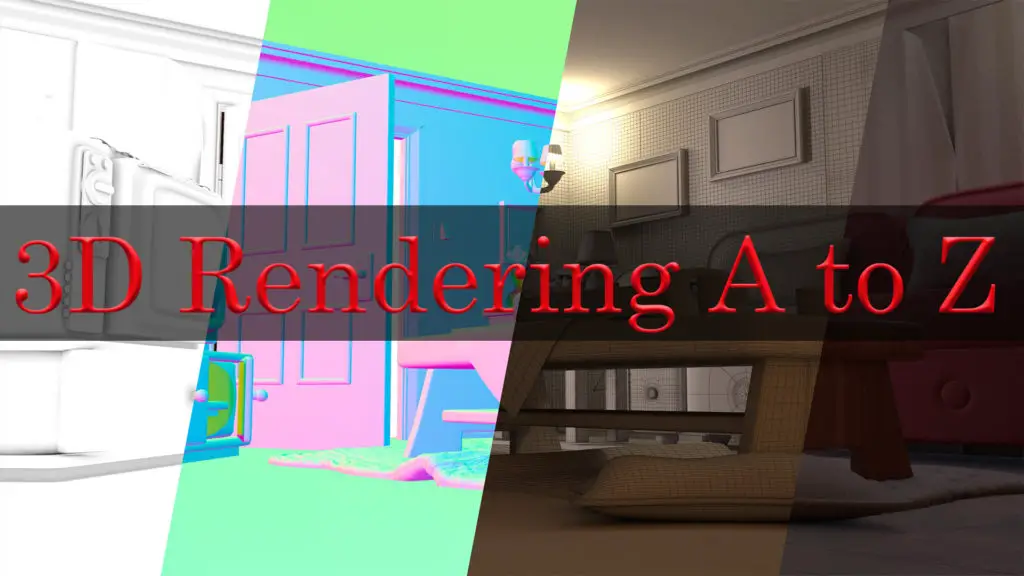THIS ARTICLE MAY CONTAIN AFFILIATE MARKETING LINKS! IN CASE YOU MAKE A PURCHASE THROUGH ONE OF THE LINKS, WE'LL GET A SMALL COMMISSION. WITH NO EXTRA CHARGES TO YOU. THANKS!!
Table of Contents
If you are thinking of creating your own games or interested in developing game assets then you should definitely have a look at the list provided below because it will definitely fulfill your needs to learn in the field of game development.
GDevelop

GDevelop is a 2D cross-platform, free and open-source game development engine, which mainly focuses on creating PC and Mobile games, as well as HTML5 games playable in the browser. Created by Florian Rival, a software engineer at Google, GDevelop is mainly aimed at non-programmers and game developers of all skillsets, employing event based visual programming similar to such engines as Construct and Stencyl.
User-made extensions can be created to allow for custom events, behaviors, or functions. Existing events can be turned into extensions from within a project’s event sheet. These extensions can be shared within the IDE to the entire community and can be added within a few clicks. Extensions can also implement new engine capabilities such as Kongregate API integrations or full masking support.
GDevelop allows you to compile games into stand-alone games, without requiring the software to run.
The following platforms are supported for One-Click Export:
Windows 7/8/10
Ubuntu
Android
HTML5 (Web)
Additionally, the projects can be exported locally, and manually compiled to the following platforms:
Windows 7/8/10
Windows Store UWP
Linux
Android
iOS
HTML5 (Web)
Unity
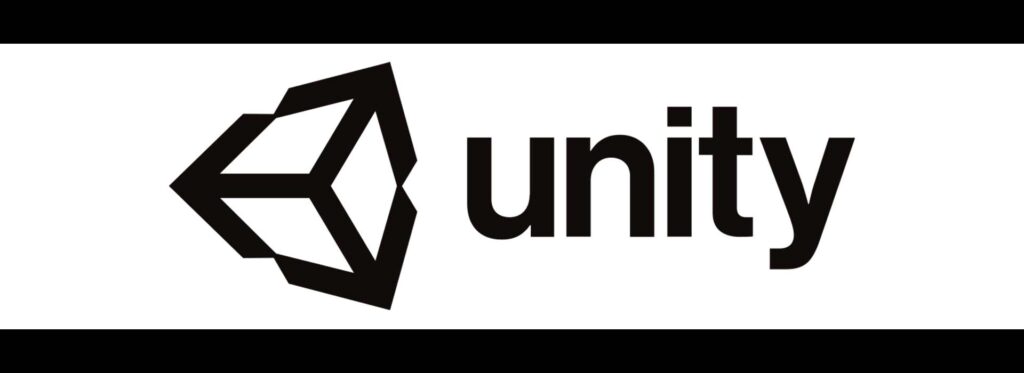
Unity is a cross-platform game development engine developed by Unity Technologies, first announced and released in June 2005 at Apple Inc.’s Worldwide Developers Conference as a Mac OS X-exclusive game engine. As of 2018, the engine had been extended to support more than 25 platforms. The engine can be used to create three-dimensional, two-dimensional, virtual reality, and augmented reality games, as well as simulations and other experiences. The engine has been adopted by industries outside video gaming, such as film, automotive, architecture, engineering and construction.
Creators can develop and sell user-generated assets to other game makers via the Unity Asset Store. This includes 3D and 2D assets and environments for developers to buy and sell. Unity Asset Store launched in 2010. By 2018, there had been whoppin 40 million downloads through the digital store!
Unity gives users the ability to create games and experiences in both 2D and 3D, and the engine offers a primary scripting API in C#, for both the Unity editor in the form of plugins, and games themselves, as well as drag and drop functionality. Prior to C# being the primary programming language used for the engine, it previously supported Boo, which was removed with the release of Unity 5, and a version of JavaScript called UnityScript, which was deprecated in August 2017, after the release of Unity 2017.1, in favor of C#.
Within 2D games, Unity allows importation of sprites and an advanced 2D world renderer. For 3D games, Unity allows specification of texture compression, mipmaps, and resolution settings for each platform that the game engine supports, and provides support for bump mapping, reflection mapping, parallax mapping, screen space ambient occlusion (SSAO), dynamic shadows using shadow maps, render-to-texture and full-screen post-processing effects.
Unreal Engine

Unreal Engine is the world’s most open and advanced real-time 3D creation tool. Continuously evolving to serve not only its original purpose as a state-of-the-art game development engine, today it gives creators across industries the freedom and control to deliver cutting-edge content, interactive experiences, and immersive virtual worlds.
The Unreal Engine is a game engine developed by Epic Games, first showcased in the 1998 first-person shooter game Unreal. Although initially developed for first-person shooters, it has been used in a variety of other genres, including platformers, fighting games, and MMORPGs, and has seen adoption by many non-gaming projects. Written in C++, the Unreal Engine features a high degree of portability, supporting a wide range of platforms.
Since 2015, it can be downloaded for free, with its source code available on a GitHub private repository. Epic allows for its use in commercial products based on a royalty model, typically asking developers for 5% of revenues from sales, though with the success of Fortnite, which has become a testbed for Unreal Engine for Epic, Epic waives this fee for developers that publish their games through the Epic Games Store. On May 13, 2020, Epic announced that their portion of royalties for games developed in Unreal Engine are waived until developers have earned their first US$1 million in revenue, retroactively applying to January 1, 2020.
With Unreal Engine 4, Epic opened the Unreal Engine Marketplace in September 2014. The Marketplace is a digital storefront that allows content creators and developers to provide art assets, models, sounds, environments, code snippets, and other features that others could purchase, along with tutorials and other guides. Some content is provided for free by Epic, including previously offered Unreal assets and tutorials. Prior to July 2018, Epic took a 30% share of the sales but due to the success of Unreal and Fortnite Battle Royale, Epic retroactively reduced its take to 12%.
Godot Engine
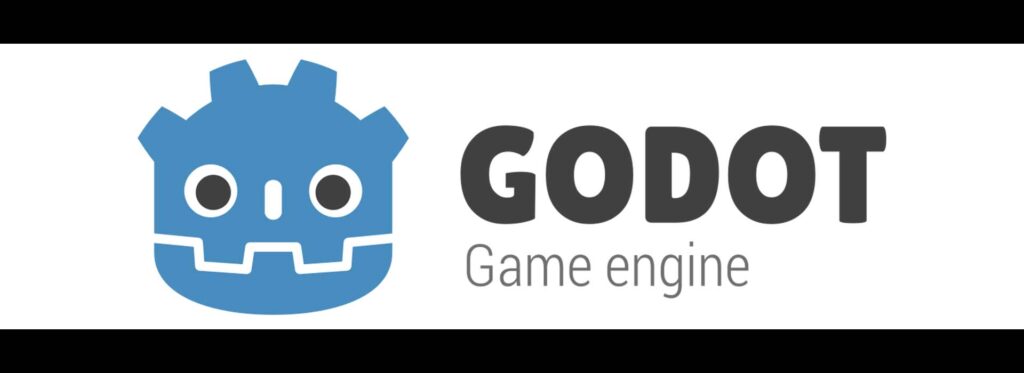
Godot is a 2D and 3D, cross-platform, free, and open-source game development engine released under the MIT license. It was initially developed by Juan Linietsky and Ariel Manzur for several companies in Latin America prior to its public release. The development environment runs on multiple operating systems including Linux, BSDs, macOS, and Microsoft Windows. Godot can create games targeting PC, mobile, and web platforms.
Godot provides a huge set of common tools, so you can just focus on making your game without reinventing the wheel. Godot is completely free and open-source under the very permissive MIT license. No strings attached, no royalties, nothing. Your game is yours, down to the last line of engine code.
Godot contains an animation system with a GUI for skeletal animation, blending, animation trees, morphing, and real-time cutscenes. Almost any variable defined or created on a game entity can be animated. The engine uses Bullet for 3D physics simulation. Godot also includes a separate 2D graphics engine that can operate independently of the 3D engine. The 2D engine supports features such as lights, shadows, shaders, tile sets, parallax scrolling, polygons, animations, physics and particles. It is also possible to mix 2D and 3D using a ‘view-port node’.
The engine supports deployment to multiple platforms and allows specification of texture compression and resolution settings for each platform. Currently, supported platforms include Linux, macOS, Microsoft Windows, BSD, Android, iOS, Universal Windows Platform, HTML5, and WebAssembly.
Godot aims to offer a fully integrated game development environment. It allows developers to create a game from scratch, needing no other tools beyond those used for content creation (art assets, music, etc.). The engine’s architecture is built around the concept of a tree of “nodes”. Nodes are organized inside of “scenes”, which are reusable, instanceable, inheritable, and nestable groups of nodes. All game resources, including scripts and graphical assets, are saved as part of the computer’s file system (rather than in a database). This storage solution is intended to facilitate collaboration between game development teams using software version control systems.
Autodesk Maya
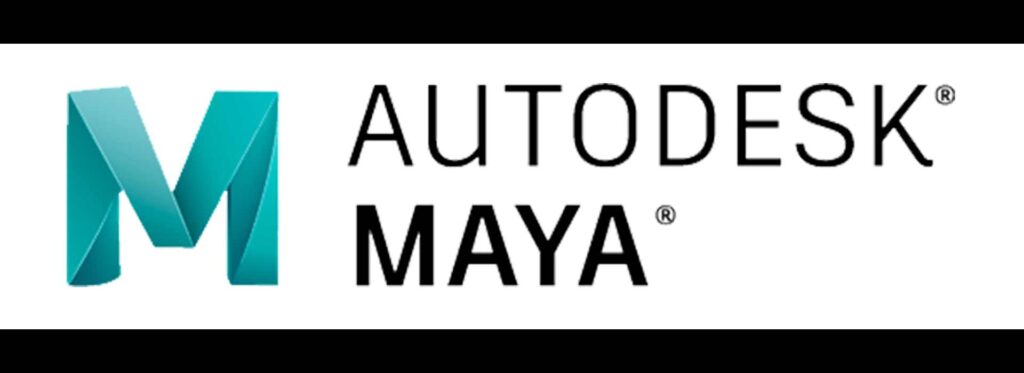
Autodesk Maya, commonly shortened to just Maya , is a 3D computer graphics application that runs on Windows, macOS and Linux, originally developed by Alias Systems Corporation (formerly Alias|Wavefront) and currently owned and developed by Autodesk. It is used to create assets for interactive 3D applications (including video games), animated films, TV series, and visual effects. Maya was originally an animation product based on code from The Advanced Visualizer by Wavefront Technologies, Thomson Digital Image (TDI) Explore, PowerAnimator by Alias Research, Inc., and Alias Sketch!. The IRIX-based projects were combined and animation features were added; the project codename was Maya.
The widespread use of Maya in the film industry is usually associated with its development on the film Dinosaur, released by Disney in 2000. In 2003, when the company received an Academy Award for technical achievement, it was noted to be used in films such as The Lord of the Rings: The Two Towers, Spider-Man (2002), Ice Age, and Star Wars: Episode II – Attack of the Clones. By 2015, VentureBeat Magazine stated that all ten films in consideration for the Best Visual Effects Academy Award had used Autodesk Maya and that it had been “used on every winning film since 1997.”
Some of the very popular games that you must have played in your free time, Call of Duty and Halo have been designed by using Autodesk Maya software application. Visualizing an art, before working on it is very important. Autodesk Maya makes it easy for the designers to express their ideas more creatively with the help of features like automatic joint centering, weight distribution, grease pencil, and camera sequencer. With the help of Autodesk Maya, artists can assess the credibility of their designs in real-time and make changes accordingly. Therefore, they can turn their imagination into reality.
Once you have mastered Maya, you will need to come up with an idea for the game. There are many different ideas for games depending on the type of game you are creating. You will need to come up with detail about your scenery and characters. The thing which makes a great game is detail. You must put as much detail into your game as possible. Spend time creating your characters’ back stories and also detailing information about the locations. The more detail you can come up with, the more believable and enjoyable you will make your game. Maya or 3DS Max can be used to create the scenery where your models will interact. This is a virtual world and should be as complete as possible. Try to fit lots of details into the game so that your players are always kept entertained.
You will need to use a programming language such as C++ or C# to create the game. These are necessary to create your game by allowing the human players to interact with the computer players. Without a programming language, your game would only be a movie because there is no method of interaction.
